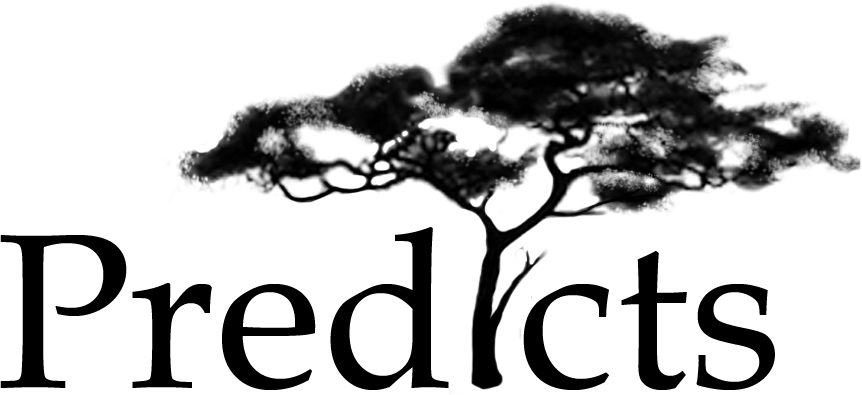The Local Biodiversity Intactness Index (LBII) is based on a purpose-built global database of local biodiversity surveys combined with highresolution global land-use data. The index provides estimates of human impacts on the intactness of local biodiversity worldwide, and how this may change over time.
| EBV class Species Populations Species distribution, Population abundance |
EBV class Community Composition Taxonomic diversity |
Purpose
The Local Biodiversity Intactness Index (LBII) estimates how much of a terrestrial site’s original biodiversity remains in the face of human land use and related pressures. Because LBII relates to site-level biodiversity, it can be averaged and reported for any larger spatial scale (e.g., countries, biodiversity hotspots or biomes as well as globally) without additional assumptions. Building on research published recently in Nature, and repurposing existing biodiversity survey data, it combines scientific rigour with affordability. The LBII is particularly relevant for Aichi Targets 12 (Preventing Extinctions) and 14 (Essential Ecosystem Services). Existing indicators for these targets lack a broad biodiversity perspective; in particular, they are heavily biased towards vertebrates, which make up only 0.5% of the world’s species and relate to only simple biodiversity measures. The LBII can report on both species-richness and mean abundance, and is being developed further to also report on geographic range rarity (endemism) and phylogenetic diversity. LBII is strongly complementary to the proposed Biodiversity Habitat Index (BHI). LBII’s focus is on average local biotic intactness, which reflects species’ persistence within the landscape and the local ecosystem’s ability to provide many ecosystem services; BHI, by contrast, focuses on how the overall diversity of a larger region is hit by habitat loss and degradation (Target 5). LBII was first proposed in 2005 but the data needed to make it operational have only now been brought together.
 |
CBD Aichi Target 12 Reducing risk of extinction |
 |
CBD Aichi Target 14 Essential ecosystems services |
Coverage
The LBII covers the world’s entire terrestrial realm, and can report both globally and at any smaller scale relevant for global policy. Although published analyses have so far had coarse spatial and temporal grain1, CSIRO’s development of annual, global, fine-scale land-use maps allows LBII to report annually at 1km resolution from 2001 to 2020.
Methods
The LBII is based on rigorously peer-reviewed and transparent science. The global statistical models were published recently in Nature, along with global maps of net changes in local biodiversity by 2005, a hindcast of change from 1500-2005, and global and national projections of future changes under the Representative Concentration Pathway scenarios.
Models of how land use affects the similarity of an ecological community to that of intact sites are now in review; a paper combining these with our earlier models to map LBII is in preparation. These models all use the PREDICTS database, which has collated data from studies that compared terrestrial biodiversity at sites facing different intensities of human pressures; it currently holds over 3 million records for over 26,000 sites (in 94 countries) and a taxonomically representative set of over 45,000 plant, invertebrate and vertebrate species. These data, contributed by a network of over 500 researchers worldwide, will be made freely available in the coming months (some metadata are already available). The database will continue to grow, enabling more precise modeling. Annual land-use data since 2001 are produced by using remotely-sensed land cover change data to statistically downscale global land-use maps to 1km resolution; a paper is in preparation.

 Local Biodiversity Intactness Index
Local Biodiversity Intactness Index


